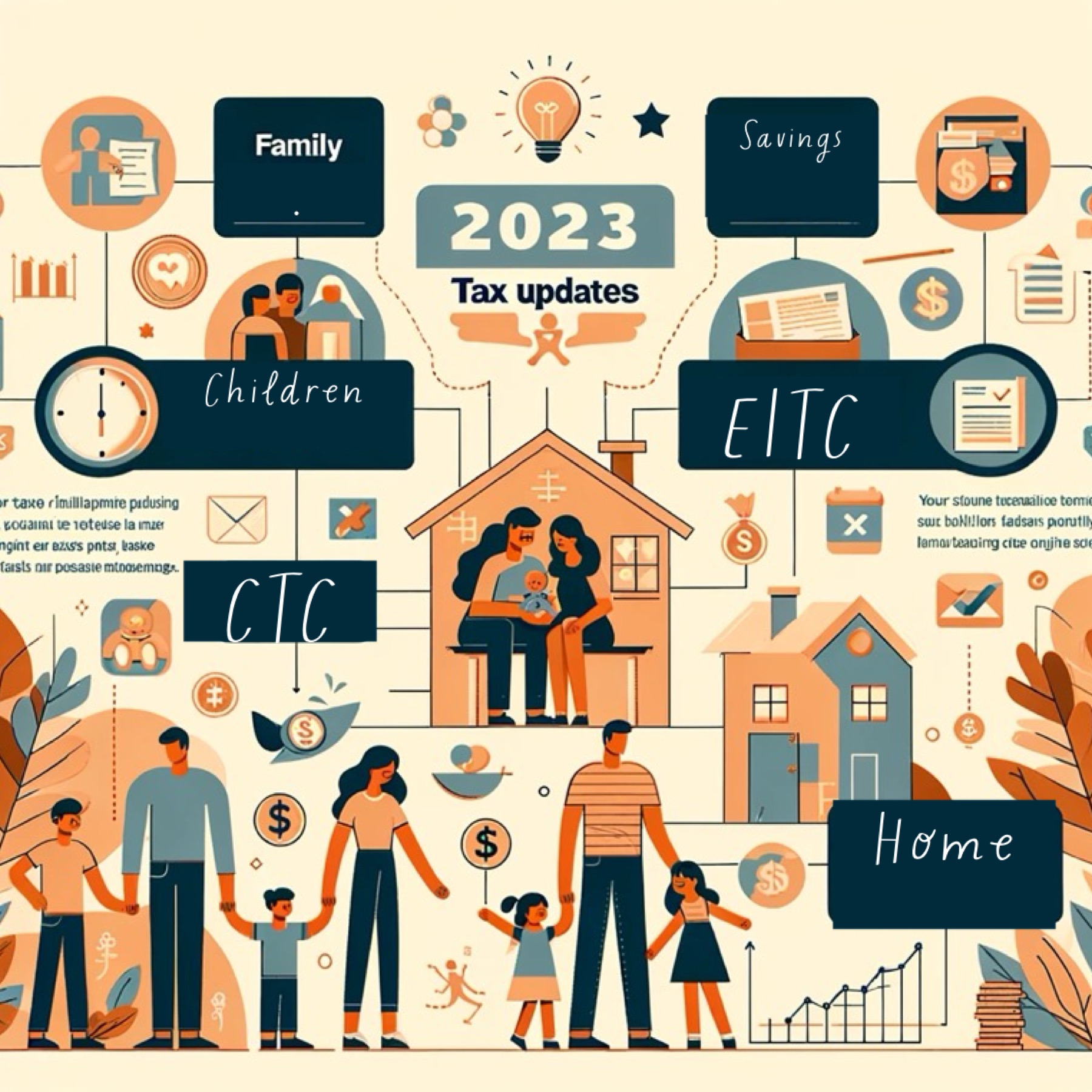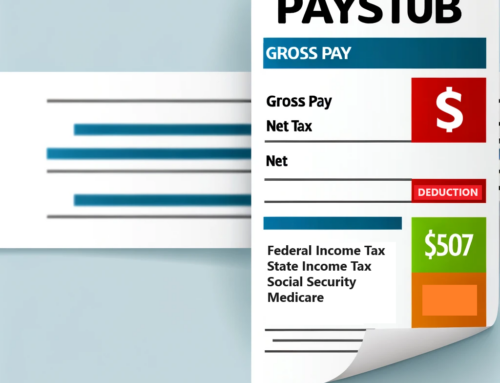Navigating the 2023 Tax Year: Key Updates for Individuals
The 2023 tax year brings several important changes that individuals should be aware of. Staying informed about these updates is essential for effective tax planning and ensuring that you take full advantage of any benefits or adjustments.
Adjusted Tax Brackets and Rates in Response to Inflation
The IRS has adjusted the tax brackets and rates to account for inflation, which can affect your tax liabilities:
• Lower Brackets: For example, the 10% bracket now covers income up to $10,275 for single filers (up from $9,950 in 2022) and $20,550 for married couples filing jointly (up from $19,900).
• Higher Brackets: The top 37% bracket now starts at $539,900 for single filers and $647,850 for married couples filing jointly.
Changes in Standard Deduction Amounts
The standard deduction for various filing statuses has increased:
• Single Filers: The standard deduction for single taxpayers and married individuals filing separately rises to $12,950 in 2023 (up from $12,550 in 2022).
• Married Filing Jointly: For married couples filing jointly, the standard deduction increases to $25,900 (up from $25,100).
• Head of Household: For heads of households, the standard deduction will be $19,400 (up from $18,800).
Child Tax Credits and Other Dependent Credits
The Child Tax Credit (CTC) and Other Dependent Credit adjustments include:
• CTC Amount: The amount of credit and its refundability can vary. For 2023, the CTC is $2,000 per qualifying child.
• Other Dependent Credit: This credit can be up to $500 for dependents who don’t qualify for the CTC.
Updates to the Earned Income Tax Credit (EITC)
The Earned Income Tax Credit has specific changes in its amounts and phaseouts:
• Credit Amount: For example, the maximum EITC for three or more qualifying children might be around $6,935 for 2023, subject to income limitations.
• Income Thresholds: The income phaseouts and maximum income limits for the EITC have also been adjusted upwards.
Additional Considerations for 2023
- Capital Gains Tax Brackets: These brackets have been adjusted. For instance, the 0% rate might apply to income up to $41,675 for single filers.
• Net Investment Income Tax (NIIT): This remains at 3.8% but applies to higher thresholds of net investment income - Kiddie Tax: The “Kiddie Tax” rules, which apply to the unearned income of children, may also have been adjusted.
As we approach the 2023 tax filing season, it’s crucial to understand these changes and how they might affect your taxes. Whether it’s adjusting withholding amounts or planning for potential refunds or payments, being proactive can help you navigate the tax year more effectively. For personalized advice and guidance, book a tax planning with us today: afsg.as.me/bookings




